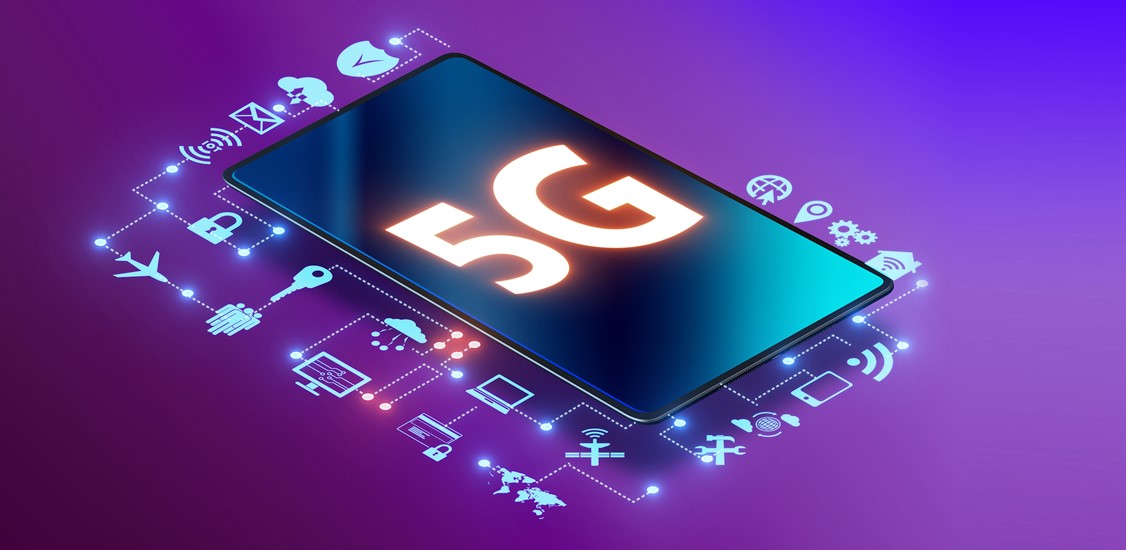Unlike its predecessor, 5G does not bring significant innovations to pricing strategies by telecom operators globally. Back in 2011, the introduction of LTE accompanied a marked improvement in data download speeds and capacity, especially when compared to existing technologies like HSDP/HSPA+, WCDMA and EVDO. Operators used that as the basis to introduce price premiums for better quality-of-service. Depending on the local market context, LTE premium over 3G services varied. At the same time, challenger operators used the opportunity to undercut incumbent pricing and gain market shares. In essence, LTE pricing had its structure around data allowance (data volume), access speed (bitrate), quality of services and value addition (with content bundling).
5G has been around for about two years now in many markets. twimbit’s recent research on Global 5G pricing trends and benchmarks notes telcos extending comparable propositions to their existing 4G capabilities as they introduce customers to 5G. Limited use cases coupled with confined IT capabilities restrain service providers from providing more innovative pricing models.
Does 5G require telecom operators to think differently about pricing? There is no straight answer to this question. The relevance of effective pricing depends on market context, overall business strategy, and operator capabilities.
Operators are thinking of 5G as a revenue driver
About 41% of 5G service plans introduced by operators globally are premium compared to its equivalent 4G plans. Operators are generally using unlimited propositions to up-sell high-end 5G plans. Examples from South Korea, Japan, and the U.S. showcase several choices built around the basic unlimited 5G plan. The premium tiers in 5G unlimited plans from LG U+ stand differently through added benefits and services. By providing varying service packs with prices that go in tandem with 5G-rich services and content, the telcos enhance the overall value for their customers. According to LG U+, 70% of 5G subscribers opt for premium tiers starting KRW 85,000 (USD 76.2). twimbit estimates 5G ARPU at 2.4 times the average mobile ARPU for the operator.
Figure 1: 5G service plans sold at premium to equivalent 4G plans
 Source: Twimbit
Source: Twimbit
5G early movers to defend and grow market share in competitive markets
Some operators have looked at migrating subscribers to 5G services without creating many pricing disruptions. They have offered a wide range of service plans across different data buckets to ensure 5G is affordable and appealing to the broader customer segment. twimbit finds about a quarter of 5G service plans offer below 25GB in monthly data buckets. Look at Three UK, for instance. Its entry-level SIM-only 5G plan starts from a 4GB per month data bucket. The operator offers monthly, yearly, and 24-month contract plans. Within each category, 5G is available with the most basic data tiers of 4GB, 8GB, 12GB, 30GB, going up to unlimited.
Operators are perhaps mindful of their lessons from 4G when thinking of positioning 5G. While an attempt to increasing user spending is obvious, operators make a note of including 5G to the entry-level packages as well. Many challengers (and new entrants) leveraged 4G to gain significant market share, as they promoted 4G at prevailing 3G price points from incumbents. LTE lifted the bandwidth capacity scare faced with 3G, and better economics supported price reductions countered by increased data usage. Some even addressed the opportunity by introducing LTE to entry-level deals. We noted sufficient examples from operators leveraging LTE to win subscriber and revenue share in highly competitive environments.
Mobile broadband today sees a much higher penetration compared to the 4G era. Expanding market share will mostly come at the cost of your competitors. Using technology (5G) alone to migrate subscribers to more costly service packs is a risky proposition; it leaves you vulnerable to price undercuts from the competition. Verizon learned this early on. While they started offering 5G at an extra USD10 per month, Verizon quickly withdrew the add-on charge after reviewing AT&T and T-Mobile.
Figure 2: Share of 5G data tiers offered by service providers, globally
 Entry level 5G packages (Source: Twimbit)
Entry level 5G packages (Source: Twimbit)
Addressing an existing gap with 5G makes sense for the time being
In about 77% (17 out of 22) countries tracked by twimbit, operators have also introduced 5G fixed wireless access (FWA) service plans. 5G FWA comes into place as a competitive proposition to existing fixed broadband in many markets. For example, Optus is Australia offers 5G for Home broadband at prices comparable to NBN fixed services. Its month-to-month entry-level plan for USD75 per month gives similar benefits as an equivalent NBN plan. The difference comes in minimum total cost for a month-to-month plan, where 5G FWA appeals better with a one-month free access promotion.
At the operator level, 51% of service providers offer both 5G FWA and eMBB service plans. These operators might look at fixed-mobile-converge (FMC) at some point in time, as the device ecosystem for 5G FMC products matures fast. Only a few operators offer bundled FMC plans at present. China and Europe are more aligned to 5G FMC services. China Telecom, China Unicom, and China Mobile offer FMC products that mainly address the smart home segment.
Of course, other operators can also start by addressing existing opportunities with FWA and FMC. Something like dynamic pricing with network slicing, as touted by Dish, may become the ultimate game-changer for enhanced mobile broadband (eMBB). But this would require multiple changes to a telco’s existing technology stack. Everything will need to come together - revenue management and billing systems that sit in the OSS/BSS layers, real-time analytics that runs on top of network traffic data and infrastructure virtualisation that will enable services like network slicing. Imagine a system where a customer is trying to initiate a cloud gaming session. The operator captures that with analytics, initiates a network slice based on better QoS at the nearest edge, and prompts the user for an extra dollar to access the slice. Telecom operators will have to cover a long journey to reach there.
This short note is based on Twimbit’s published research on Global 5G pricing trends and banchmarks, 2020.




















